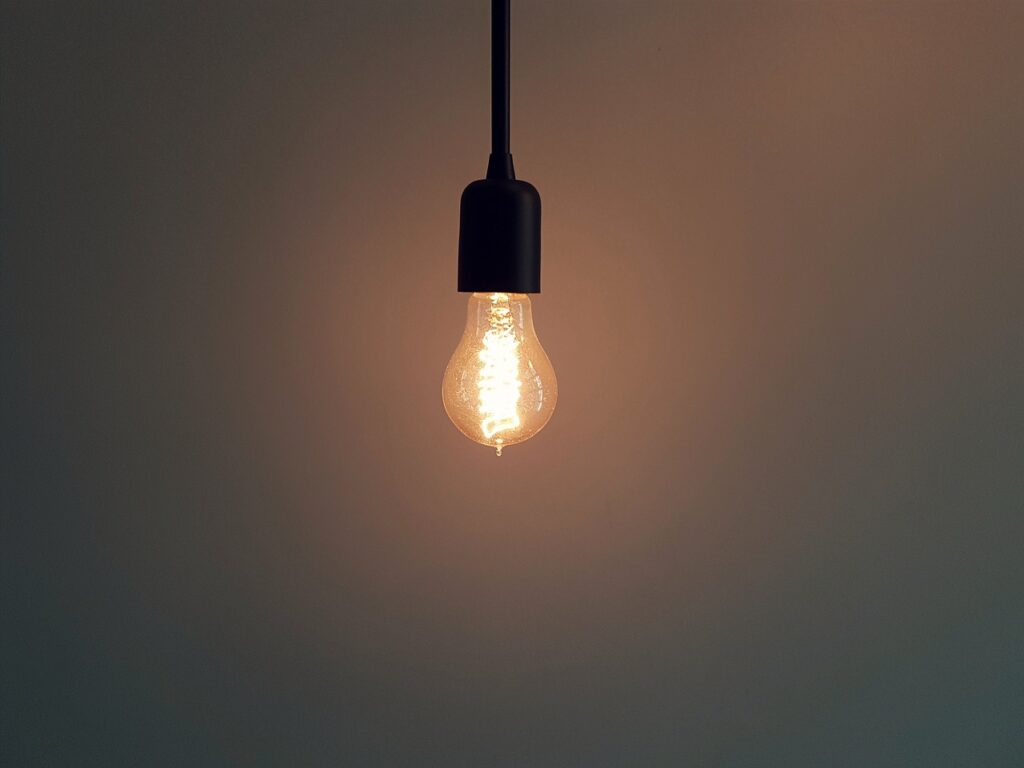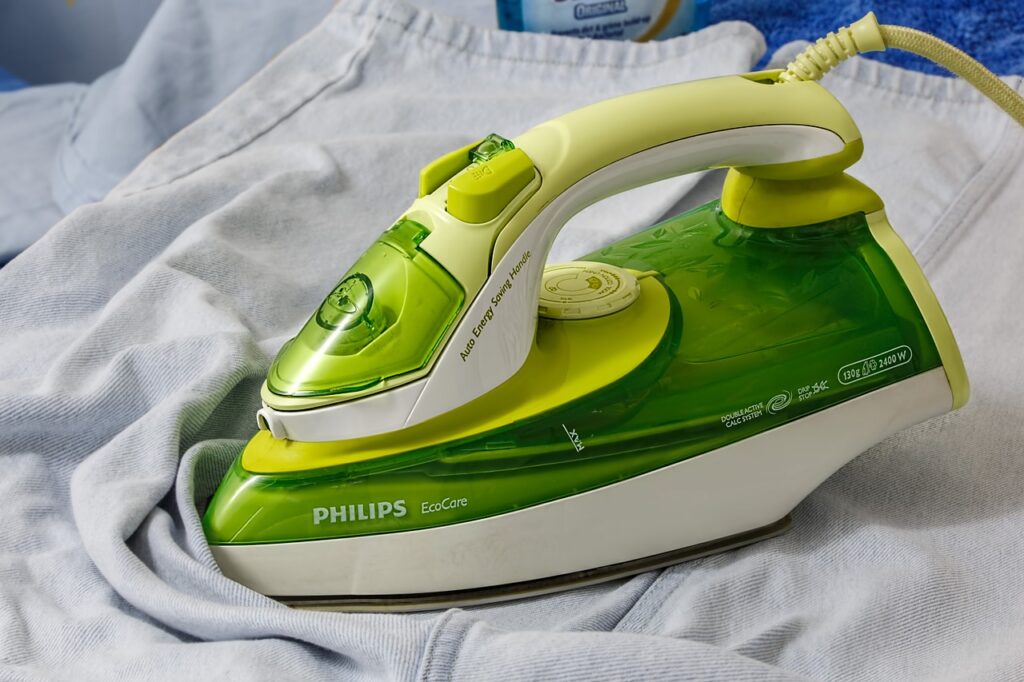Have you wondered how an electric cooker works? How food is prepared in an electric cooker? How liquids are heated in an electric kettle? The answer to your question is Joule’s Law of Heating. Which is another interesting topic in physics.
Index
History
Joule’s law of heating was first published in 1840, as an abstract in the Proceedings of the Royal Society, by James Prescott Joule. The law suggested that heat could be generated by passing an electric current through a wire.
Joule immersed a length of wire in a fixed mass of water and measured the temperature rise due to a known current flowing through the wire for 30 minutes. By varying the current and the length of the wire, a relationship was established between the heat generated and the current passed through the wire.

Joule’s Law of Heating Explained
Joule’s law of heating basically tells us about the heat produced by a conductor (with some resistance) when current passes through it.
Joule’s Law Statements:
(a) The heat produced in a given resistor (conductor) in a given time is proportional to the square of the current (I)
\( H ∝ I^{2}\)
(b) The heat produced in a given resistor by a given current is proportional to the time (t) for which the current exists in it
\(H ∝ t \)
(c) The heat produced in a given resistor by a given current is proportional to its resistance (R)
\(H ∝ R\)
The heating is caused by the interactions between the electrons and the atomic ions of the conductor. A voltage difference between two points of the conductor creates an electric field which causes the electrons to accelerate in the direction of the field, thus giving them kinetic energy. These electrons can collide with other electrons or the atomic ions of the metal and these collisions produce the thermal energy.
Hence, the electric energy is converted into thermal energy(heat).
The law establishes a relation between the heat generated(H), the current passed through the wire(i), the resistance of the wire(R), and the time of the current flow(t).
Formula
The formula or equation of Joule’s law of heating is as follows
\(H = \frac{1}{J}I^{2}Rt\)
Where,
\(H\) – Heat generated(Here it is in calories, cal)
\(I\) – Current passed(amperes, A)
\(R\) – Resistance of the wire(ohm, Ω)
\(t\) – Time for which current is passed(seconds, s)
\(J\) – Joule’s Constant or Joule’s Mechanical Equivalent of Heat (J = W/H = Work Done/Heat Produced)
Obviously, the value of J will depend on the choice of units of work and heat. It has been found that J = 4.2 joules/cal (1 joule = 107 ergs) = 1400 ft. lbs./CHU = 778 ft. lbs/B Th U. It should be noted that the above values are not very accurate but are good enough for general work.
Now, if we put this value of J in the above equation
\(H = \frac{I^{2}Rt (Joules)}{4.2 (Joules/Cal)}\)
\( H = 0.24 I^{2}Rt (Calories) \)
Converting calories into joules by multiplying by 4.2
\( H (in Joules) = I^{2}Rt \)
Derivation
As we know,
\(Voltage(V) = \frac{Work\,done(W)}{Total\,charge(q)}\) (voltage across the conductor)
⇒ \(W = Vq\)
As \(q = It\)
⇒ \(W = V(It)\)
From Ohm’s Law,
\(V = IR\)
⇒ \(W = (IR)(It)\)
If \(W\) is the work done on the system and \(H\) is the heat produced due to the work,
\(W ∝ H\)
⇒ \(W = JH\)
∴ \(H = \frac{1}{J}I^{2}Rt\)
Joule heating is also known as ohmic heating or resistive heating due to its relationship with Ohm’s law.
Joule heating has many applications. However, in many cases, this heating is an unwanted by-product and is referred to as resistive loss. To reduce such losses, high voltages are specifically used in electric power transmission systems. Superconducting materials are also used, in which there is no Joule heating due to zero resistance in the superconducting state.
Applications of Joule’s Law of Heating
- Electric heating device – Electric iron, electric heater, electric toaster are some of the appliances that work on the principle of heating effect of current.
- Electric Bulb is another application that works on the principle of Joule heating. Since the resistance of the filament in the bulb is high, the heat produced in the bulb is also high.
- Fuse wire is connected in series in an electric circuit. It has high resistance and a low melting point. When a large current flows through a circuit due to short-circuiting, the fuse wire melts due to heating and hence the circuit becomes open. Therefore, the electric appliances are saved from damage.

Electric Bulb 
Electric Iron
Joule’s Law Examples
Question 1. An electric bulb draws a current of 8A and works on 250 volts on an average of 8 hours a day. Find the power consumed by the bulb and the energy dissipated as heat.
Solution. Given, I = 8A, V = 250V, T = 8hrs
\(P = VI\)
\(P = 250*8\)
∴ \(P = 2 kW\)
\(R = \frac{V}{I}\)
\(R = \frac{250}{8}\)
∴ \(R = 31.25Ω\)
Using \(H = I^2Rt\)
\(H = 64*31.25*8*60*60\)
∴ \(H = 5.76*10^{4}kJ\)
Question 2. Find the heat energy produced in a resistance of 10 Ω when 5A current flows through it for 5 minutes.
Solution. Given, R = 10Ω, I = 5A, t = 5mins = 5*60s
Using \(H = I^2Rt\)
\(H = 52*10*5*60 = 250*300\)
∴ \(H =75 kJ\)
FAQs
The rate of production of heat by a constant current is directly proportional to the resistance of the circuit and the square of the current.
Ohm’s law states that the current between two points of a conductor is directly proportional to the voltage across these points.
\(V = IR\)
Electrical devices run on electricity to perform work. Some part of the energy used is dissipated in the form of heat due to the electrical current flowing through the device. Also, due to overload of electricity in the appliance causes it to heat. Hence the electrical appliances feel warm after used for a long time.


